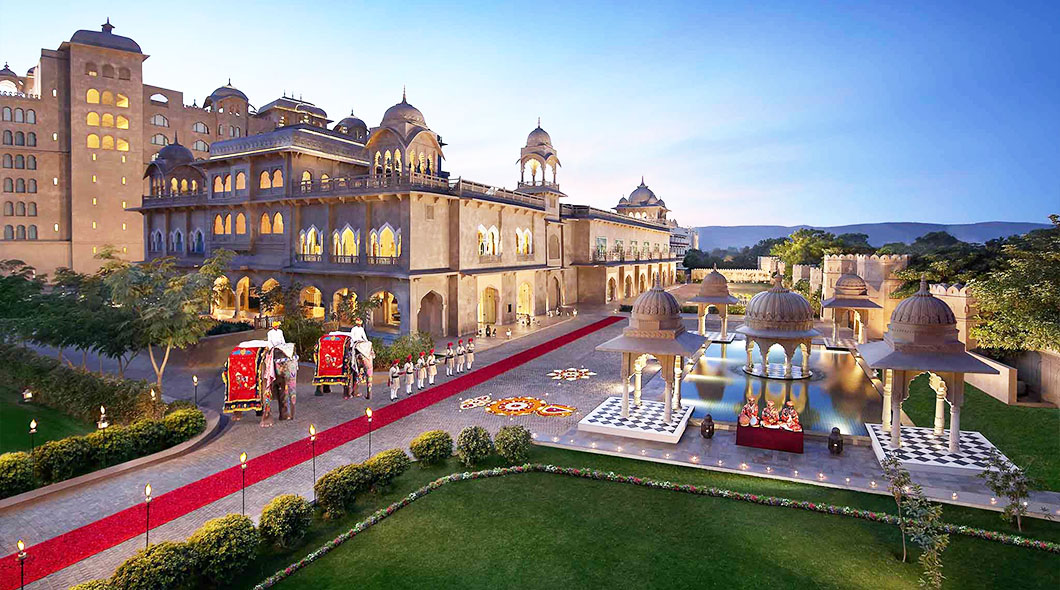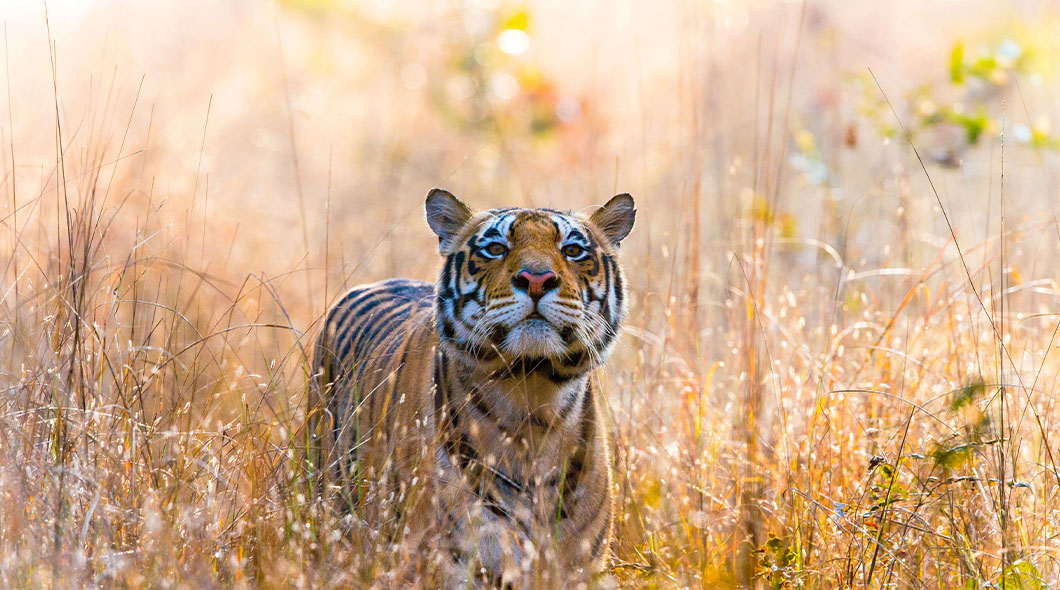- Key Monastery: The Key Monastery sits on top of a hill and looks out over the Spiti River. It’s painted in the hues of white and has colorful flags that wave in the wind, making it a beautiful sight against the rocky backdrop.
- Key Monastery: The Key Monastery sits on top of a hill and looks out over the Spiti River. It’s painted in the hues of white and has colorful flags that wave in the wind, making it a beautiful sight against the rocky backdrop.
Lying in the heart of the Himalayas, Spiti is a rugged and remote region that offers a one-of-a-kind experience for all those travelers seeking adventure and peace. Spiti is best for its raw and untouched beauty, with tall, snow-capped mountains, deep valleys, and scanty vegetation.
But what I like most about Spiti is its stark and barren beauty. And despite its harsh climate and challenging terrain, it is home to a whole lot of hidden gems waiting to be explored.
If you are also planning to visit Spiti anytime, this guide is for you. Here tell you everything that you should know about this beautiful destination. So stick by me as I lead you through.
Where is Spiti Located?
Spiti is located in the northeastern part of Himachal Pradesh, India, close to the border with Tibet. Here you will find the Spiti valley which stands at an average elevation of over 3,000 meters, making it one of the highest inhabited regions in the world.
The landscape of Spiti Valley will probably remind you of Ladakh, with its high mountain passes, deep valleys, and barren terrain. The region is known for its extreme climate, with harsh winters and mild summers. However, despite its remote location and challenging terrain, Spiti will never fail to impress you especially if you’re an adventure seeker and love to spend time out in nature.
More so, the region is home to a number of ancient monasteries, picturesque villages, and stunning natural beauty. And being in close proximity to the Tibet border the region perfectly presents the rich cultural heritage that you can truly witness in its architecture, cuisine, and way of life.
What is the Best Time to Visit Spiti Valley?
The best time to visit Spiti Valley primarily depends on the kind of experience you’re seeking. Each season offers a different perspective of this stunning region.
Winter (December to March): Winter in Spiti Valley is harsh, with heavy snowfall and extremely cold temperatures. During this time, you’d often find the place covered in a blanket of snow, which ultimately looks no less than a winter wonderland. However, this is not the best time for regular tourists as the extreme weather conditions can make travel difficult.
Spring (April and May): As winter fades away, spring brings a new life to Spiti Valley. The temperatures start to rise, and the snow begins to melt, giving way to lush greenery and blooming flowers. This is a great time to visit if you want to see the valley come alive after the winter months.
Summer (June to October): Summer is the peak tourist season in Spiti Valley. The weather is pleasant, and the valley is in full bloom. This is the best time for trekking and other outdoor activities. However, note that it’s also the busiest time, so expect more tourists and higher prices.
Overall, the best time to visit Spiti Valley depends on your preferences. If you’re looking for a winter wonderland, visit in winter. If you want to see the valley in full bloom, summer is the best time. Whatever time you choose to visit, Spiti Valley is sure to leave you amazed with its beauty and charm.
A 12-Day Spiti Valley Tour Itinerary
Here’s a typical Spiti Valley tour itinerary that covers various destinations in and around the valley, providing you with a glimpse into the region’s rich culture, stunning landscapes, and ancient heritage.
Day 1: Start your journey from Chandigarh, where you can explore the city’s lakes, gardens, and architecture. Plan an overnight stay in Chandigarh.
Day 2: Next travel to Thanedar, a beautiful location known for its apple orchards. Here enjoy the scenic drive through forested hillsides and settle in for the night in Thanedar.
Day 3: Moving ahead, proceed to Sangla Valley, stopping at Rampur, Bushahr, and Karcham along the way. Here you can explore Sangla Valley and stay overnight in Sangla.
Day 4: Explore Sangla Valley further and visit Chitkul, the last village of India before the Tibet border. Return to Sangla for the night.
Day 5: Head to Kalpa, a quaint town known for its stunning views and local sites. Spend the day exploring and staying overnight in Kalpa.
Day 6: Next drive to Nako, a village with an artificially made lake. Here, visit Gue, known for the mummified body of monk Sangha Tenzin, and then head to Tabo to visit the 1000-year-old Tabo Chos-Khor Monastery. Lastly arrive in Kaza, the capital of Spiti, for the night.
Day 7: Explore Dhankar village, and visit the 1200-year-old Dhankar Gompa and Dhankar Lake. Head to Lhalung village in Lingti Valley and return to Kaza for the night.
Day 8: Visit Ki Monastery and other Himalayan villages like Kibber, Chicham, and Hikkim. Hereupon, head over to Langza and marvel at Mt. Chau Chau Kang Nilda. Return to Kaza for the night.
Day 9: Drive to Chandratal, a crescent-shaped glacial lake, and camp overnight.
Day 10: Return to Manali, explore the town, and stay overnight.
Day 11: Drive back to Chandigarh, enjoy leisure time in the evening, and stay overnight.
Day 12: Depart from Chandigarh and head back home, concluding your tour.
This itinerary will help you experience all of Spiti Valley, covering its most iconic landmarks and providing a glimpse into the region’s unique culture and natural beauty.
Read More : How long does it take to drive to Spiti Valley? Your Ultimate Road Trip Itinerary
Must-Visit Attractions in Spiti
- Key Monastery: The Key Monastery sits on top of a hill and looks out over the Spiti River. It’s painted in the hues of white and has colorful flags that wave in the wind, making it a beautiful sight against the rocky backdrop.






